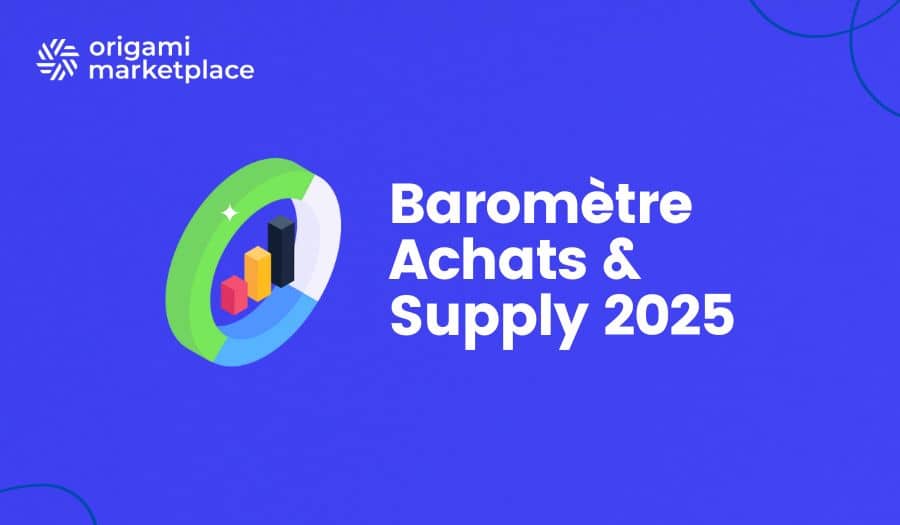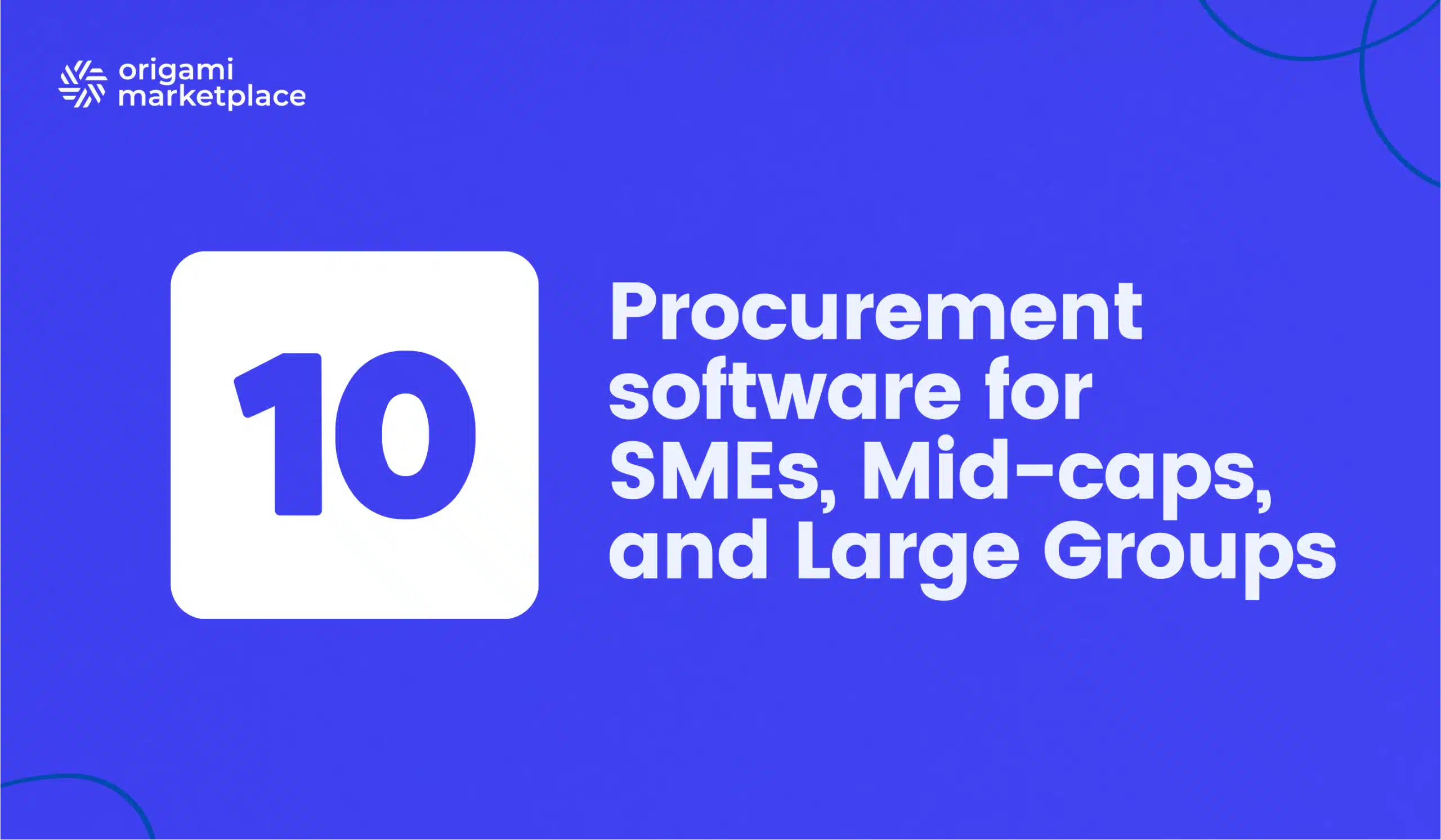Product-Market Fit for Marketplaces : Complete guide
- Arnaud
- 7 minutes reading

Product-Market Fit is the ultimate goal for any company seeking to establish itself in its market. For marketplaces, this objective is even more crucial due to the inherent complexity of connecting multiple stakeholders. This comprehensive guide will enable you to gain an in-depth understanding of what Product-Market Fit means in the context of marketplaces and how to achieve it effectively.
In this article, we will explore the specific challenges that marketplaces face, the key indicators to monitor, and proven strategies for success. Whether you aim to create your own marketplace or are looking to optimize an existing platform, this guide will provide you with the tools and knowledge necessary to ensure the growth and sustainability of your marketplace.
- Why is Product-Market Fit more complex in a marketplace?
- The specific challenges of marketplaces
- Key indicators for identifying Product-Market Fit in a marketplace
- Strategies to achieve Product-Market Fit
- The importance of the Atomic Network
- Common mistakes to avoid for Product-Market Fit
- Successful case studies of Product-Market Fit
👋 No time to read the whole article? Find the summary here.
1. Why is Product-Market Fit more complex in a marketplace?
The challenge lies in balancing supply and demand while ensuring that each new addition to the network enhances its overall value. This process requires a deep understanding of economic theories, network dynamics, and user behaviors.
2. Les défis spécifiques des marketplaces
Understanding the unique obstacles marketplaces face is essential for developing effective strategies and achieving success:
- Managing different stakeholders: A marketplace must simultaneously satisfy the needs of both sellers and buyers. Each group has its own motivations and concerns, requiring distinct strategies to attract and retain them.
- Liquidity: Achieving liquidity is crucial for a marketplace. It represents the likelihood that a transaction will occur when supply meets demand. Low liquidity can lead to user frustration and decreased engagement.
- Network effect: This means the value of the platform increases with each new user. However, reaching the critical mass necessary to trigger this effect is a major challenge that requires significant investment of time and resources.
- Unit Economics: Strong unit economics are essential for long-term profitability. The Customer Acquisition Cost (CAC) must be lower than the Customer Lifetime Value (CLV). Poor management of these indicators can lead to an unsustainable financial situation.
Download our free marketplace specifications template.
Here you will find all the essential features to succeed in your multi-vendor marketplace. This model provides a simple backlog to guide you through each step of your project.

3. Key indicators for identifying Product-Market Fit in a marketplace
It’s crucial to monitor certain key indicators that reflect the health and growth of your marketplace to determine if Product-Market Fit has been achieved:
- Retention Rate: A high retention rate indicates that users are satisfied and regularly return to the platform, which is vital for long-term growth.
- Positive Unit Economics: When the CLV significantly exceeds the CAC, it shows that each customer contributes positively to the company’s revenue, allowing for sustainable expansion.
- Loyalty and Recurrence: The frequency of transactions per user indicates satisfaction and reliance on the platform, strengthening its market position.
4. Strategies to achieve Product-Market Fit
Learn how to perfectly align your offering with market needs and accelerate the development of your marketplace:
- Focus on a Narrow Target Market: Concentrating on a specific segment allows you to create sufficient user density to stimulate liquidity. It also makes it easier to understand the precise needs of this segment and adapt your offering accordingly.
- Continuous Improvement of the Platform: Investing in optimizing user experience, adding relevant features, and resolving friction points can increase user satisfaction and retention.
- Implementing a Growth Engine: Developing effective marketing strategies such as SEO, viral marketing, or referral programs can help attract new users organically and sustainably.
- Optimizing Acquisition Costs: Identifying the most profitable acquisition channels by testing different approaches allows you to maximize marketing ROI.
- Experimentation and Adaptation: Adopting an agile approach by continually experimenting with new ideas and quickly adapting to user feedback and market trends is essential.
5. The importance of the Atomic Network
The concept of the Atomic Network is fundamental to the success of a marketplace. It represents the smallest group of users that can create value autonomously within your platform. By focusing on building these atomic networks, you can foster organic and sustainable growth.
The Example of Facebook:
When Facebook launched in 2004, it focused exclusively on students at Harvard University. Instead of aiming for massive adoption from the outset, Facebook created a closed network where each user could interact with people they already knew or shared common interests with. This approach allowed them to:
- Create Immediate Value for Users: Students could easily connect, share, and communicate within their community.
- Generate High Engagement: A restricted and relevant network encouraged frequent use and strong interaction among members.
- Facilitate Future Expansion: Once the model proved successful at Harvard, Facebook expanded to other universities, replicating the same success.
How to Apply This Approach to Your Marketplace
- Identify Your Atomic Network: Find the narrowest market segment where your marketplace can offer significant value. This could be a specific city, a particular professional group, or a niche interest like Preppy Sport in the equestrian world or Biked for cycling.
- Concentrate Your Efforts: Invest your resources to attract and satisfy this target group. Offer an exceptional user experience that meets their specific needs.
- Foster Engagement: Encourage interactions and transactions within this network. The more active the users, the higher the perceived value of your marketplace.
- Expand Strategically: Once you’ve established a solid atomic network, repeat the process in new segments, using feedback and data collected to refine your approach.
By following Facebook’s example, you can build a solid foundation for your marketplace, ensuring sustainable growth and maximizing your chances of achieving Product-Market Fit.
"Always focus on a specific market segment to create a strong community. This will help you reach Product-Market Fit more efficiently and quickly."

Antoine Mantel
→ Talk to our solutions expert
6. Common mistakes to avoid for Product-Market Fit
Avoiding classic pitfalls can save you time and valuable resources in your quest for Product-Market Fit:
- Premature Growth: Avoid expanding too quickly without solidifying PMF in your initial market. This can dilute resources and compromise service quality.
- Neglecting One Side of the Market: Disproportionate attention to one group of stakeholders can create imbalance, negatively affecting liquidity and user experience.
- Underestimating Acquisition Costs: Failing to consider the real cost of attracting and serving each customer can lead to significant financial losses.
- Ignoring User Feedback: Feedback is an invaluable source of information for continuous improvement. Ignoring it can result in an offering that doesn’t meet market expectations.
7. Successful case studies of Product-Market Fit
Let’s analyze concrete examples of marketplaces that have successfully achieved Product-Market Fit to draw lessons applicable to your own project:
Airbnb: the marketplace for private accommodation.
- Context: Founded in 2008, Airbnb has become a global leader in peer-to-peer accommodation. The founders initially offered air mattresses in their living room to attendees of a local conference, providing an alternative to fully booked hotels.
- Results: Airbnb quickly achieved Product-Market Fit by offering a unique solution to a real problem, leading to exponential growth and global expansion.
Etsy: The handmade products marketplace
- Context: Founded in 2005, Etsy is a platform dedicated to artisans and creators for selling handmade and vintage products.
- Results: Etsy achieved Product-Market Fit by meeting the specific needs of a niche market, leading to sustained growth and a successful IPO.
BlaBlaCar: The large-scale carpooling marketplacee
- Context: Founded in 2006, BlaBlaCar is a long-distance carpooling platform connecting drivers with empty seats to passengers traveling in the same direction.
- Results: BlaBlaCar achieved Product-Market Fit by establishing a reliable platform for carpooling, leading to expansion in several countries and a loyal user base.
Achieving Product-Market Fit in a marketplace is a complex challenge that requires a well-thought-out strategy and precise execution. By focusing on creating real value for all stakeholders, ensuring high liquidity, and mastering costs, a marketplace can not only achieve PMF but also establish a solid foundation for sustainable growth. If you’d like to discuss your marketplace project and get an external perspective, our team of experts can advise you on the subject.
Key Points to Remember:
- In-depth market analysis: Understand your users’ specific needs to tailor your offering.
- Continuous measurement of key indicators: Monitor liquidity, retention, and unit economics to assess your progress.
- Effective marketing strategies: Experiment with different channels to identify those that offer the best ROI.
- Flexibility and adaptability: Be prepared to adjust your model based on feedback and market developments.
- Focus on the Atomic Network: Concentrate on creating a strong community in a narrow segment before expanding.
- Active listening to users: Use feedback to continually improve the experience and customer satisfaction.
- Balance supply and demand: Ensure harmonious development on both sides of the marketplace to maintain liquidity.
- Rigorous cost management: Ensure that CLV exceeds CAC to guarantee long-term profitability.
Discover how Origami Marketplace’s API and partner network can transform your business, regardless of its size, with its innovative marketplace-based solution.


